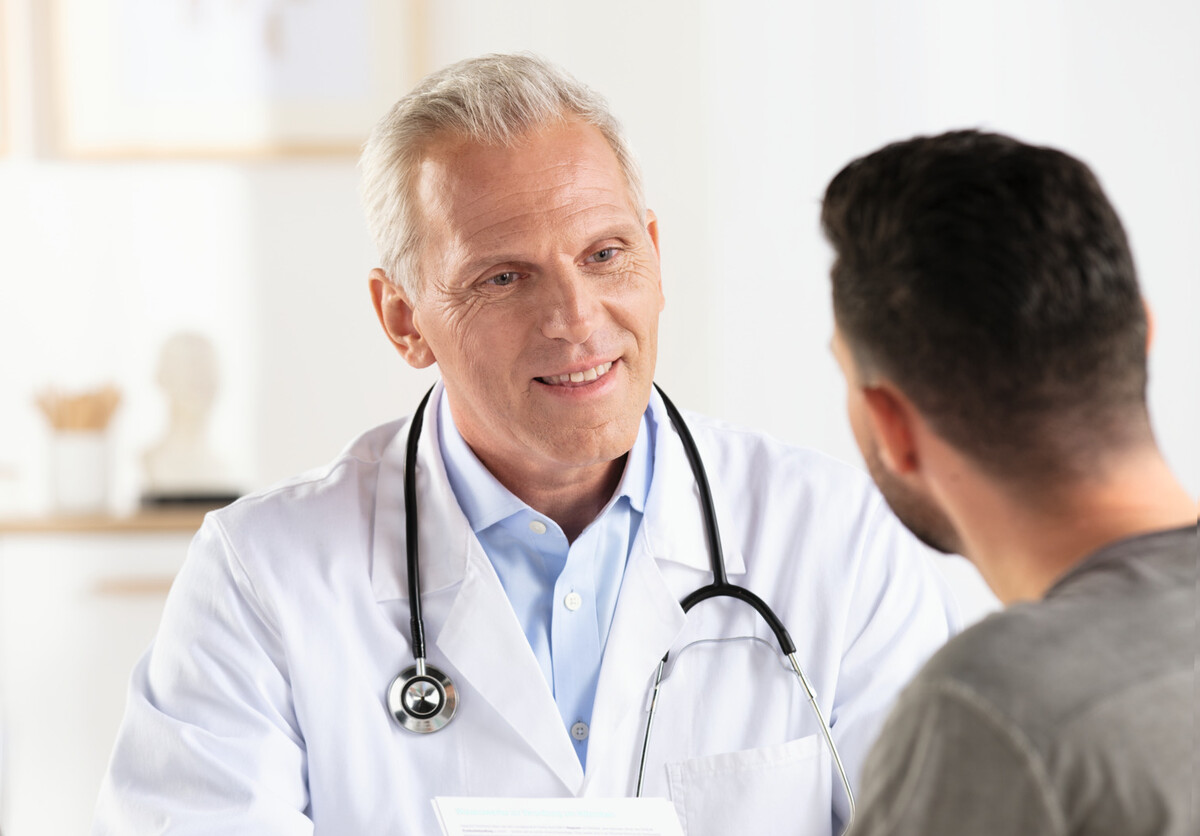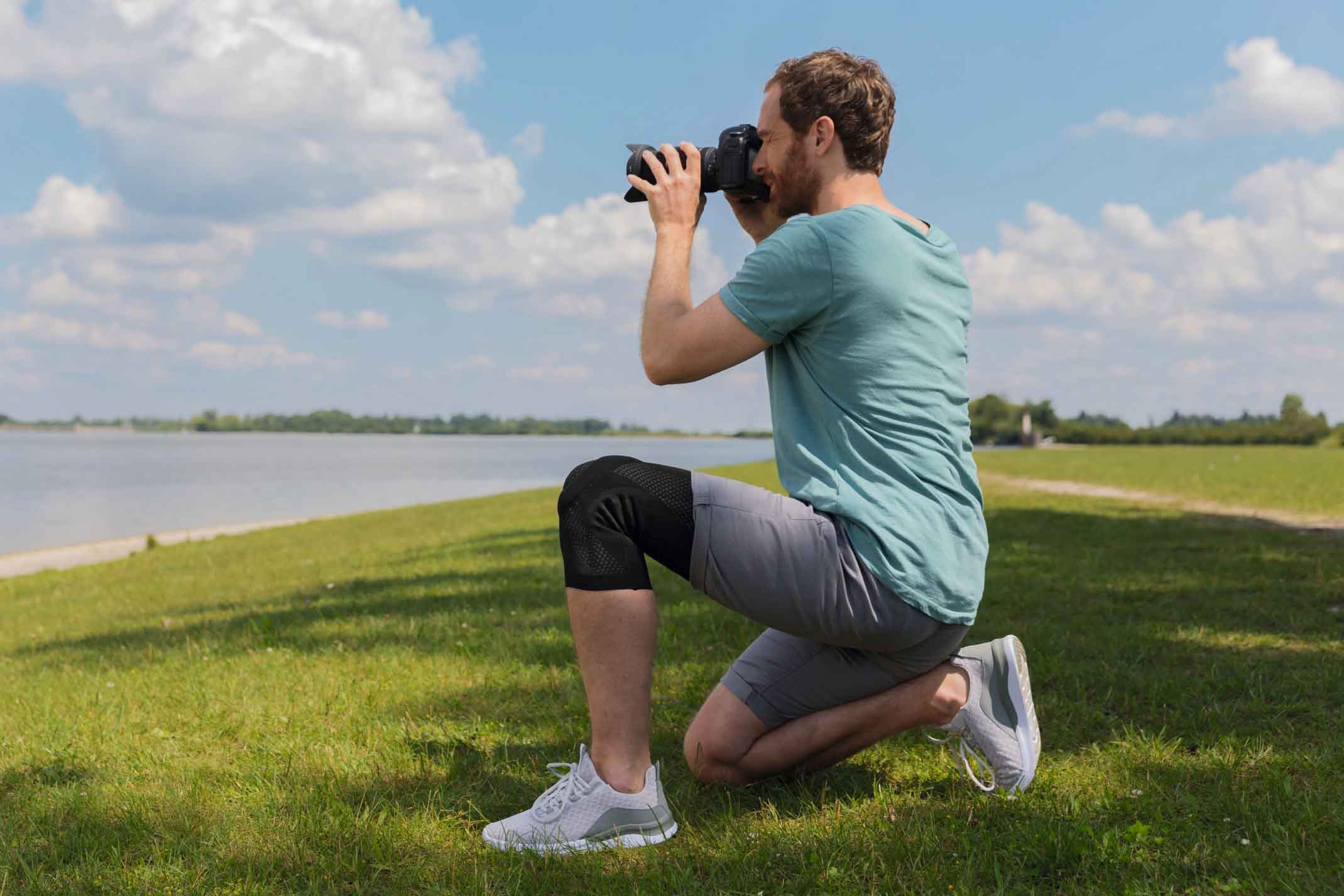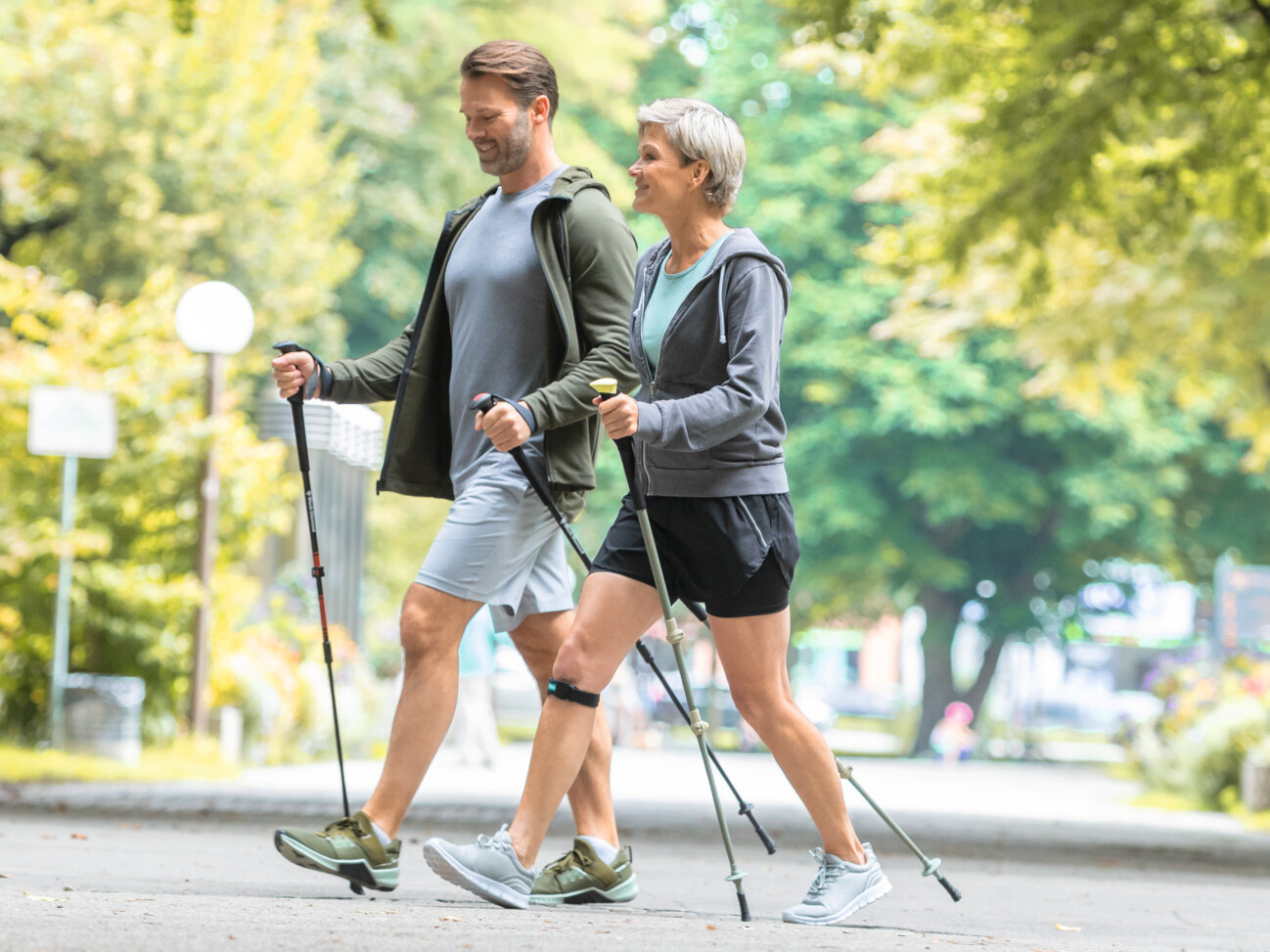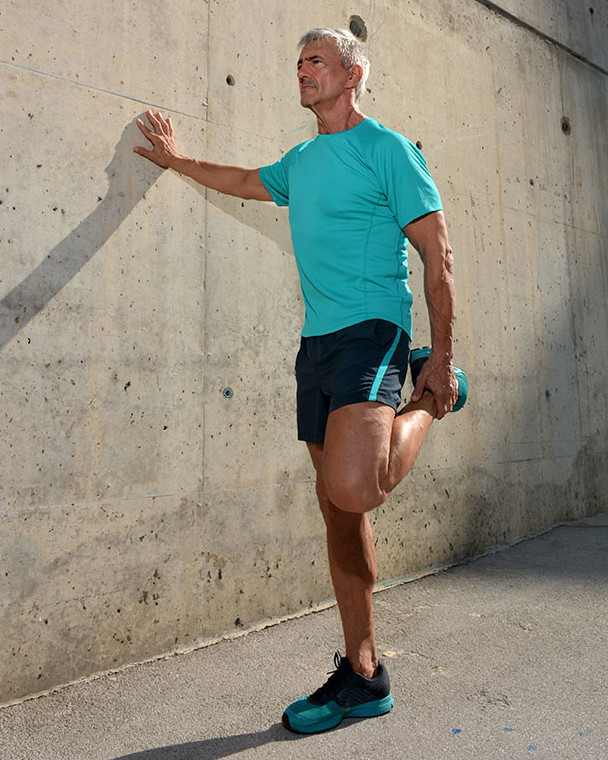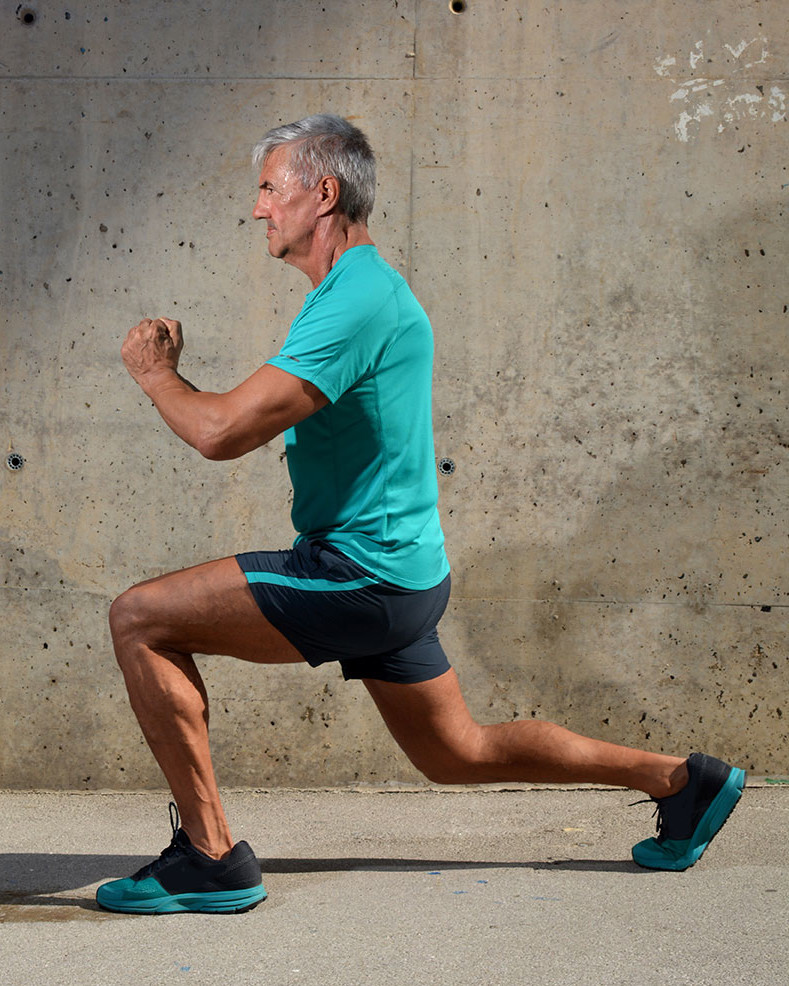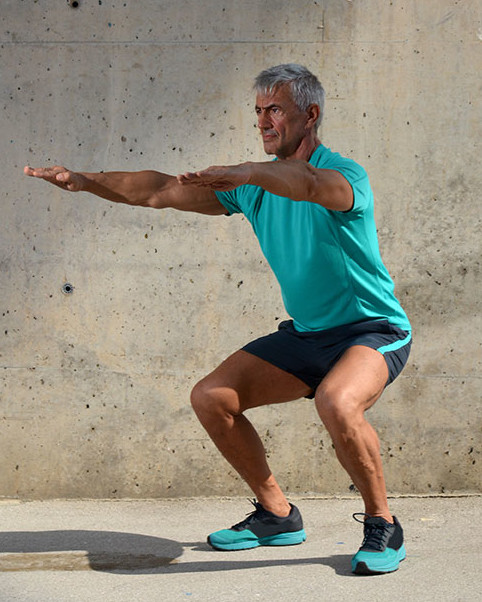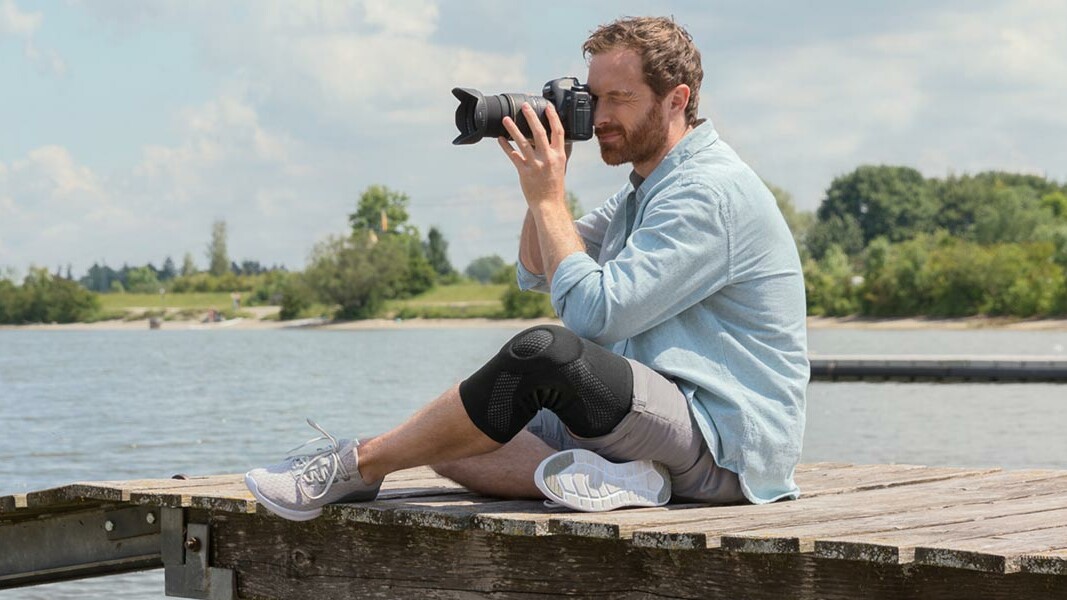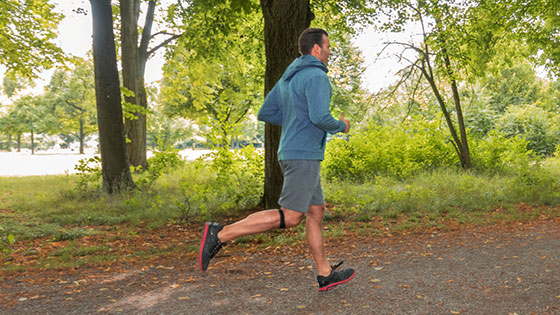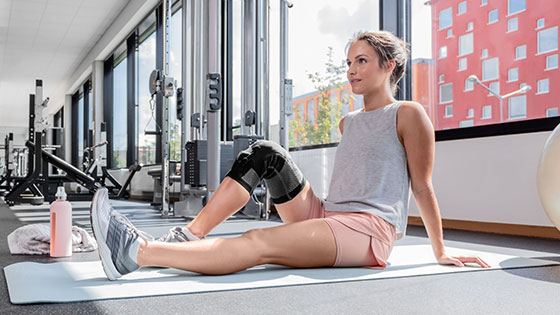What is gonarthrosis/osteoarthritis of the knee?
The word gonarthrosis is formed from “gonato” – Greek for knee – and the term “arthrosis”. It refers to a progressive deterioration of the knee joint cause by wear. The condition causes tears and degeneration of the joint cartilage, resulting in additional damage to neighbouring joint structures like the bones, ligaments and joint capsules.
Gonarthrosis, i.e. osteoarthritis of the knee joint, is one of the most common knee conditions. You are more likely to suffer from it as you get older as it is a progressive disease and our regenerative capacity reduces with age. Some five million people suffer from osteoarthritis across Germany; around two million experience pain. Cases are highest amongst the over 60s; women in this age group are more likely to be affected.
Effects of wear and tear and destruction of the joint cartilage include pain, stiffness in the morning, limited mobility and instability of the knee. The earlier the onset of osteoarthritis is detected, the more effective any action taken will be. Those who already take preventative measures can avoid cartilage damage by doing targeted exercises.
If you have prolonged knee pain, it is important that you seek medical advice in order to get on a treatment path as soon as possible.

